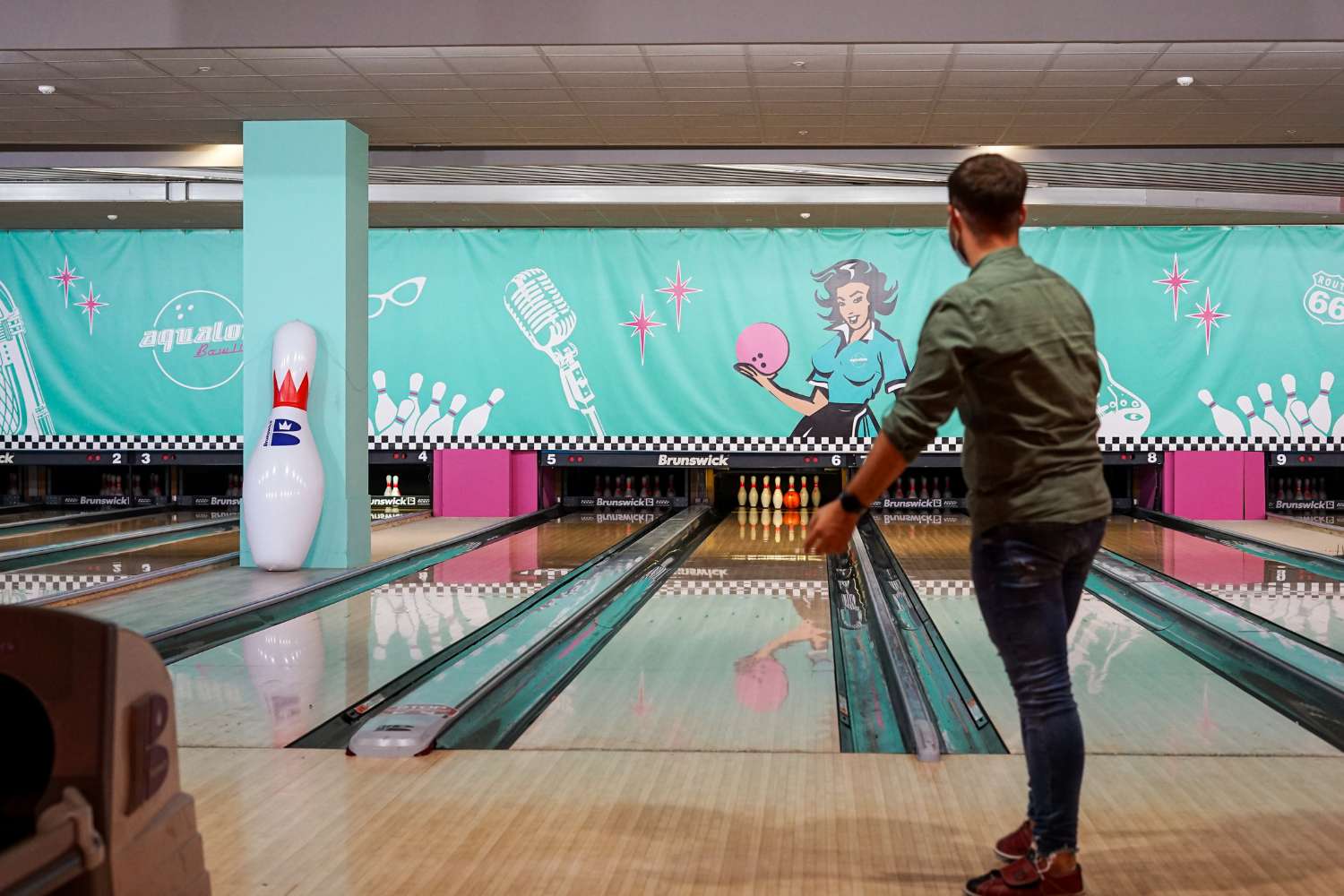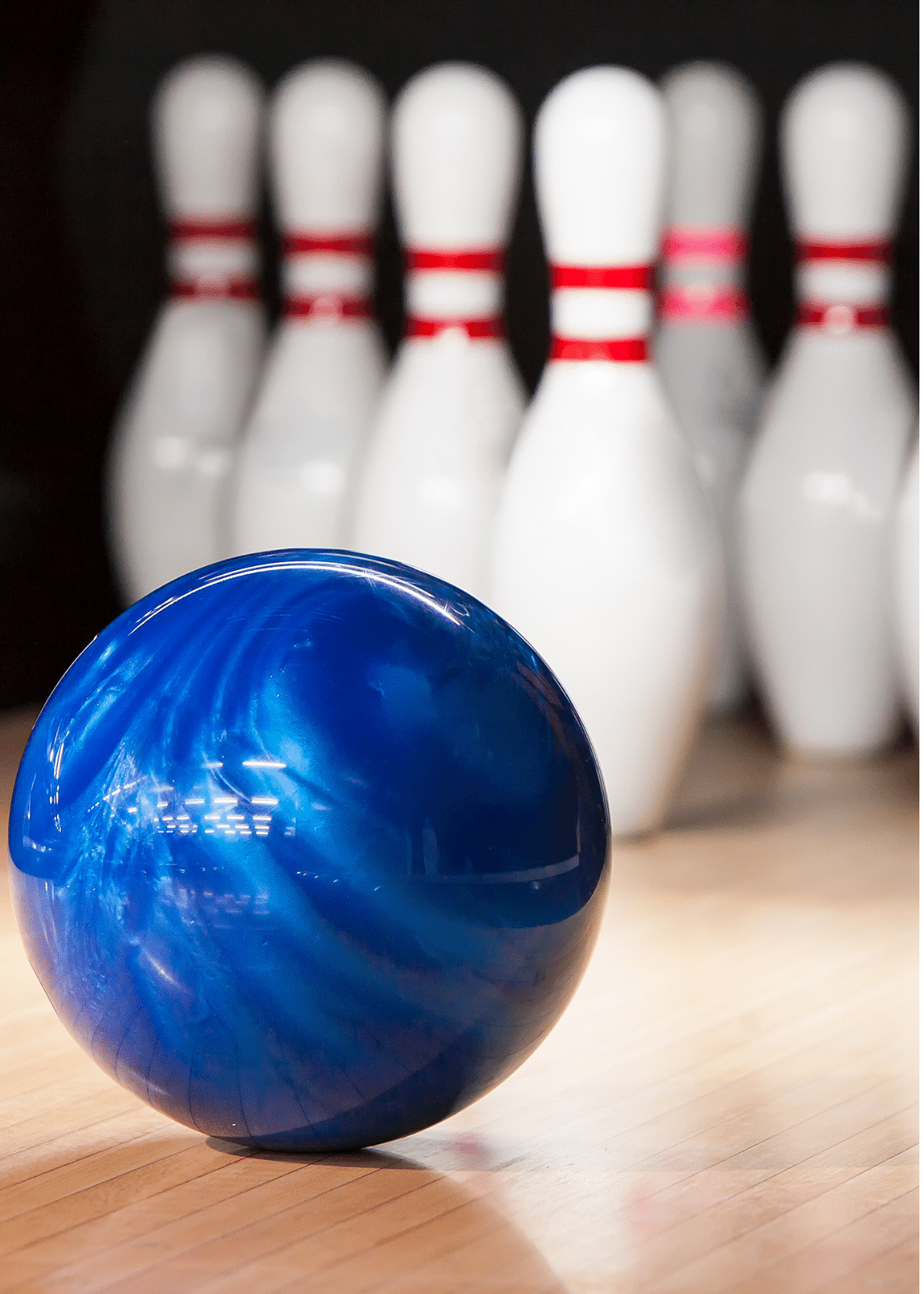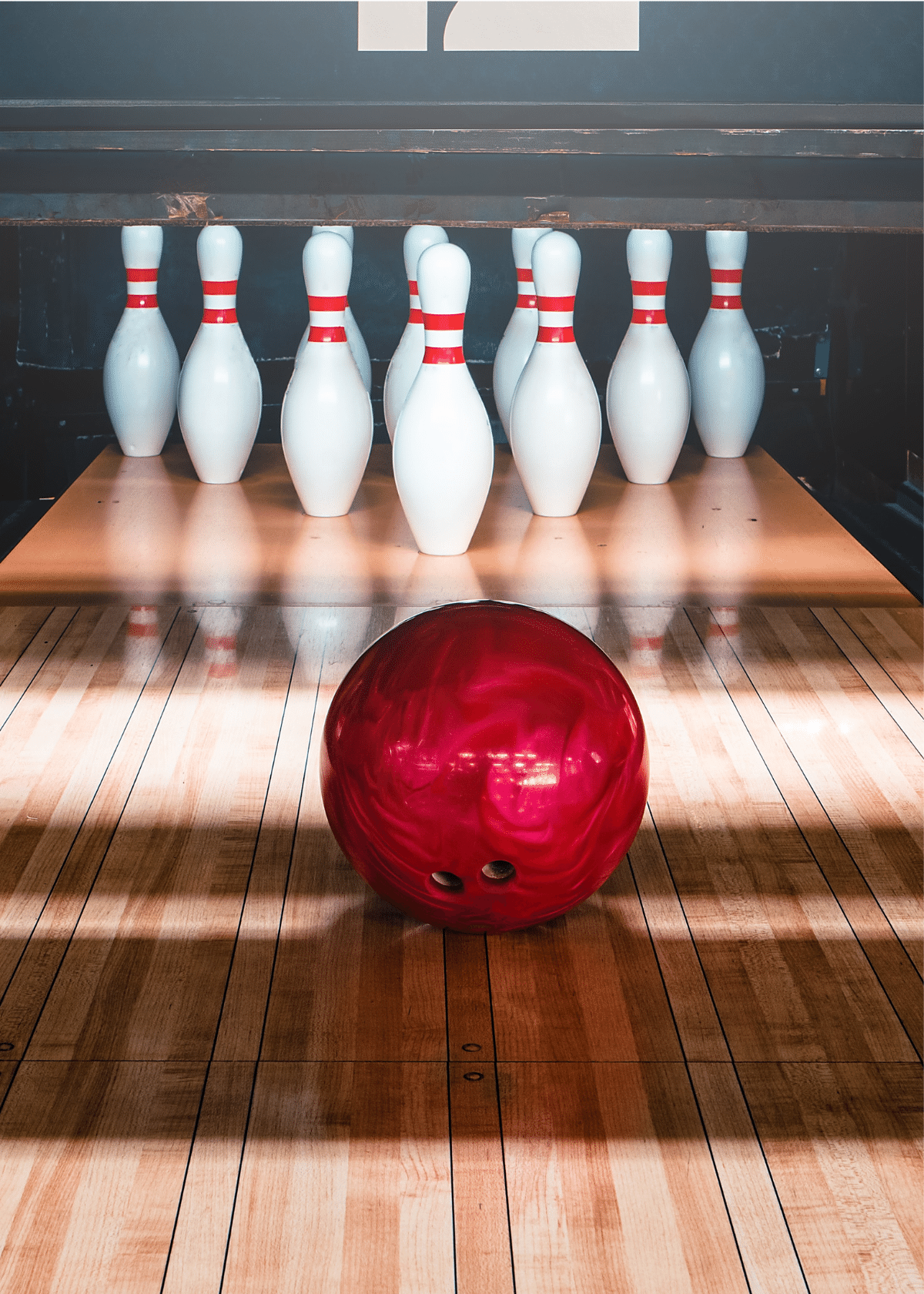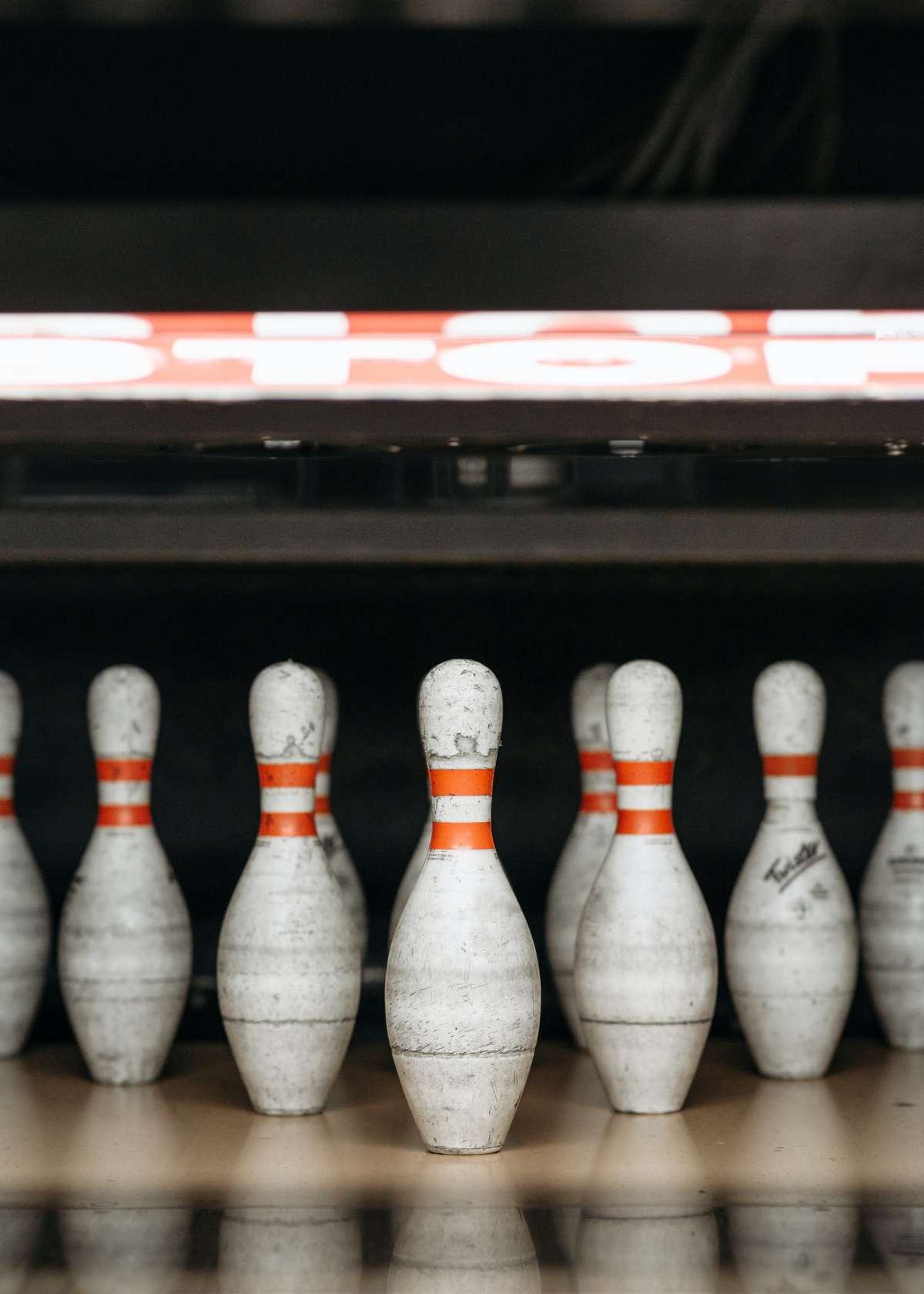Introduction
Bowling, a sport enjoyed by millions around the world, is a game of precision, strategy, and skill. Originating in ancient Egypt and popularized in America, it's a pastime that transcends age, offering fun for families and competitive players alike.
Understanding the nuances of the game extends beyond mastering the swing and release of your bowling ball. One such nuance is the bowling lane itself. The length, width, and overall structure of a bowling lane can significantly impact the game.
Knowing these details not only enriches your understanding of the sport but also provides valuable insight to improve your play. In this blog post, we'll dive into the specifics of a bowling lane's dimensions.
The Dimensions of a Bowling Lane
What is the Standard Length of a Bowling Lane?
The standard length of a bowling lane is 60 feet, as set by the United States Bowling Congress (USBC) and the World Bowling Association. This measurement is taken from the foul line, where players release the ball, to the headpin.
It's important to note that this does not include the approach area, which is about 15 feet and is where the player takes their run-up. Therefore, from the start of the approach area to the end of the pin deck, a bowling lane can measure up to approximately 75 feet in total.
Discussion on the Width of a Bowling Lane
In terms of width, a standard bowling lane measures approximately 3.5 feet. This may seem narrow when you're eyeing down ten pins at the other end. However, this width has been carefully chosen to provide a fair challenge while ensuring the game remains accessible and enjoyable for players of all skill levels.
Overview of Other Dimensions (Approach Area, Pin Deck)
The approach area, where bowlers take their run-up, is typically 15 feet long, providing ample space for players to gather momentum before releasing their ball. On the other end of the lane, the pin deck (where the pins are positioned) measures approximately 2.75 feet in length.
Understanding these dimensions is a crucial part of mastering the game of bowling. By knowing the ins and outs of the lane, you can better strategize your throws and maximize your scores.
Variations in Bowling Lane Lengths
Are all bowling lanes the same length?
Most standard bowling lanes, particularly those utilized in official competitions and general play, adhere to the Brunswick length of 60 feet from the foul line to the headpin. This measurement is standard across regulated bowling lanes, ensuring a consistent playing field for bowlers worldwide.

Can the length be customized for private alleys?
While the regulation length for a bowling lane is 60 feet, variations can occur, particularly in private bowling alleys. Residential bowling alley dimensions can range from 55 feet to as long as 86 feet. Such customization allows for flexibility in accommodating space constraints or personal preferences.
How does the length compare to other sports fields?
In comparison to other sports, a bowling lane's 60-foot length may seem short. For instance, a basketball court is almost twice as long at 94 feet, while a football field dwarfs both at 360 feet. However, the precision required in bowling, combined with the lane's narrow width, makes it a challenging and strategic game.
Impact of Lane Length on the Game
How does lane length affect the game?
The length of a bowling lane significantly impacts the game's strategy and execution. A longer lane requires more power and control, while a shorter lane might demand more precision and technique.
The oil pattern applied to the lane also plays a significant role, with different lengths and patterns affecting ball movement and pin action.
How do professional bowlers adjust to different lane lengths?
Professional bowlers adjust to different lane lengths by altering their approach, delivery speed, and ball rotation. Understanding the lane's dimensions allows them to strategize their shots effectively.
While most competitive games will adhere to the standard 60-foot length, practicing on varied lengths can help professionals refine their skills and adaptability.
Does the bowling ball's performance change according to the lane's length?
Yes, the performance of a bowling ball can change based on the lane's length. A longer lane may cause the ball to lose more energy before hitting the pins, affecting its striking power.
On the other hand, a shorter lane might not allow enough distance for the ball to hook optimally. Thus, bowlers often choose their balls based on the specific characteristics of the lanes they are playing.
Understanding the Construction of a Bowling Lane
Materials Used in Construction
Bowling lanes were traditionally constructed from solid maple and pine wood. The first 12 feet, known as the approach, and the last 2.5 feet (the pin deck) are made from hard maple.
The remainder of the lane is typically built with softer pine. However, modern lanes often use synthetic materials that mimic the characteristics of wood but offer greater durability and lower maintenance costs.
The Purpose and Length of the Gutter
Gutters run along both sides of a bowling lane. They serve to catch balls that veer off the lane. In terms of dimensions, the gutters are about 9.5 inches wide and run the entire 60-foot length of the bowling lane.
While gutters can be frustrating for bowlers when their ball goes off course, they're an integral part of the game's challenge.
Importance of the Oil Pattern on the Lane
Oil patterns on the bowling lane are crucial as they affect the ball's trajectory and speed. The oil reduces friction between the ball and the lane, allowing it to travel farther.
However, the amount and distribution of oil can vary, creating different "lane conditions". Bowlers must understand these conditions to adjust their technique and strategy accordingly.
Regulations and History
Regulations for Bowling Lane Lengths
The United States Bowling Congress (USBC) and the World Bowling Association set regulations for bowling lane lengths. According to their standards, the length should be 60 feet from the foul line to the headpin. This does not include the approach area, which adds another 15 feet or so.
The History Behind the Standard Length of a Bowling Lane
The standard length of a bowling lane has been 60 feet since the early days of the sport. This was based on the traditional English game of lawn bowls, where the "jack" (equivalent to the headpin in bowling) was placed 60 feet away from the player.
This distance was found to provide a challenging yet achievable target, striking a balance between skill and enjoyment.
Conclusion
Understanding the dimensions and construction of a bowling lane is an integral part of mastering the game. The standard length of 60 feet, along with the width and oil patterns, significantly impacts the ball's trajectory, speed, and overall performance.
The lane isn't just a flat surface for the ball to roll on; it's a dynamic field that requires strategic navigation. Variations in lane lengths, while less common in professional settings, introduce additional challenges and opportunities to refine one's skills.
In private alleys, customization of the lane length allows for personal preferences and space constraints. Comparatively, the length of a bowling lane may seem short against other sports fields, but the precision required makes it a unique challenge.
Knowledge of these factors can greatly enhance your understanding of the sport, allowing you to strategize more effectively and improve your game. Whether you're a casual player or a professional, being aware of the subtle intricacies of the bowling lane can give you an edge and deepen your appreciation for this timeless sport.
So the next time you step up to the approach, remember: every inch of the lane matters.
Frequently Asked Questions
Does the length of a bowling lane affect the game?
Yes, the length of a bowling lane significantly affects the game. A longer lane requires more power and control, while a shorter lane might demand more precision and technique. The oil pattern applied to the lane also plays a significant role, with different lengths and patterns affecting ball movement and pin action.
Are all bowling lanes the same length?
Most standard bowling lanes, particularly those utilized in official competitions and general play, adhere to the Brunswick length of 60 feet from the foul line to the headpin. However, residential bowling alley dimensions can range from 55 feet to as long as 86 feet.
What materials are used to construct a bowling lane?
Traditionally, bowling lanes were constructed from solid maple and pine wood, with the approach and the pin deck made from hard maple and the remainder of the lane built with softer pine. Modern lanes often use synthetic materials that mimic the characteristics of wood but offer greater durability and lower maintenance costs.
How wide is a typical bowling lane?
A typical bowling lane is 41.5 inches wide from edge to edge, not including the gutters.
What is the length of the approach area in a bowling lane?
The approach area in a bowling lane is typically around 15 feet long.
What is the length of the pin deck on a bowling lane?
The pin deck on a bowling lane, which is the area where the pins are set up, is typically 2.5 feet long.
Discover the ultimate bowling gear that will revolutionize your game! Explore the top items currently dominating the lanes.
Explore an exciting collection of engaging bowling and sports & fitness blogs!

















